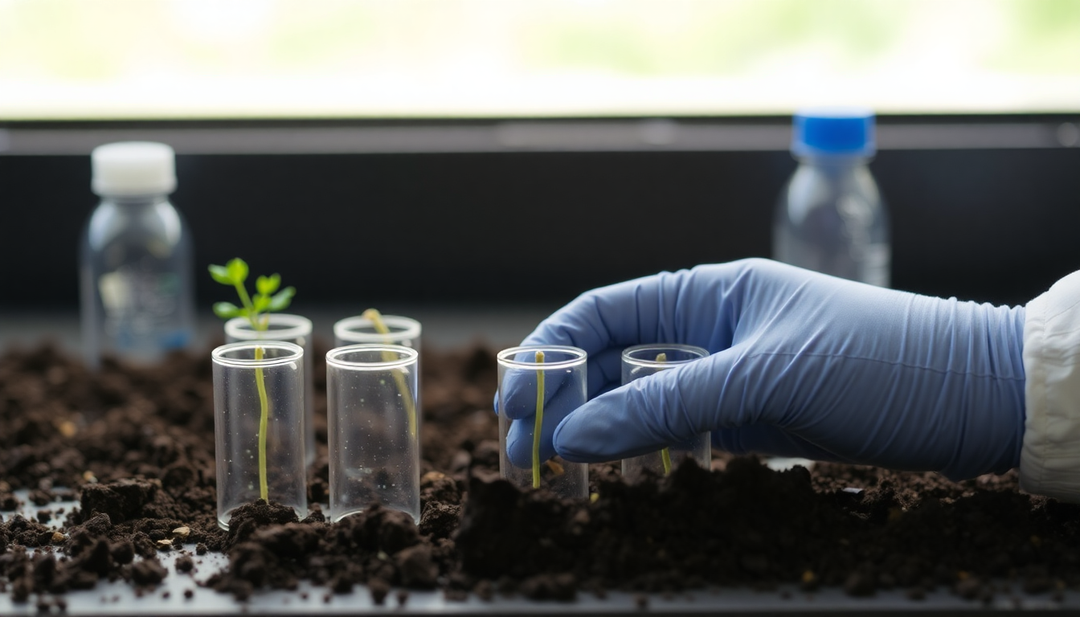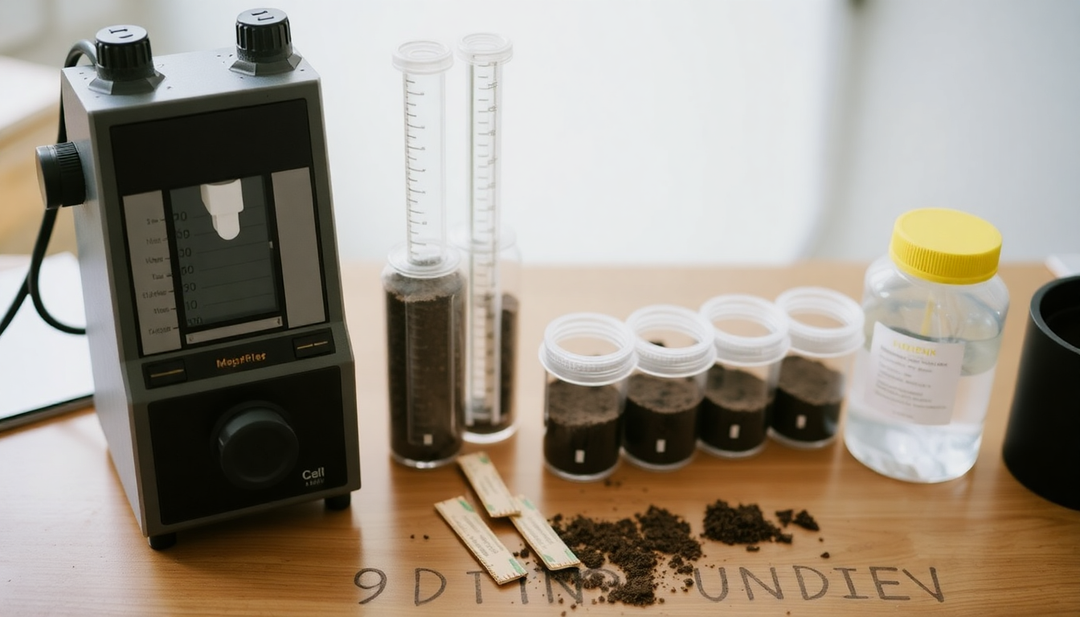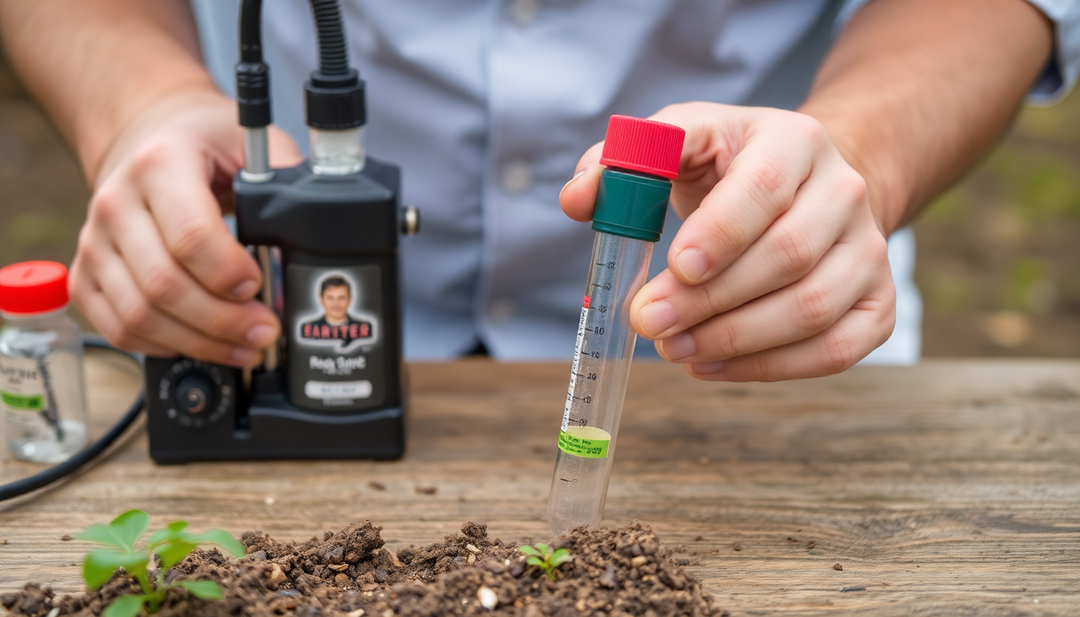Arsenic Pollution in My Garden: What Are the Dangers?

Arsenic Pollution in My Garden: What Are the Dangers?
Discovering arsenic pollution in your garden can be extremely worrying. This toxic metalloid, naturally present in some soils but also introduced through human activity, poses a serious risk to health and the environment. This article will inform you about the dangers of arsenic, how to identify potential arsenic pollution, and, more importantly, what steps to take to address it.
Sources of Arsenic Pollution
It can end up in your garden in several ways:
- Natural occurrence: Some soils naturally contain arsenic, in varying quantities depending on the geological region.
- Past or present industrial activities: Old factories, mines, pesticides, wood treatment (with organoarsenical compounds) may have contaminated the soil.
- Agricultural treatments: Although increasingly regulated, some pesticides once contained arsenic.
- Water contamination: Arsenic in water can pollute the soil through infiltration.
- Waste: Illegal dumping of industrial or agricultural waste can introduce arsenic into the soil.
What are the dangers of Arsenic?
Arsenic is a cumulative poison. This means that exposure, even at low doses and over long periods of time, can lead to serious health problems. Indeed, the effects depend on the dose, the duration of exposure, and the route of exposure (inhalation, ingestion, skin contact). Risks include:
- Cancers: Arsenic is classified as a definite carcinogen by the World Health Organization (WHO), increasing the risk of skin, lung, bladder and liver cancers.
- Dermatological problems: Hyperpigmentation, keratoses, skin ulcers.
- Respiratory problems: Chronic bronchitis, asthma.
- Cardiovascular problems: High blood pressure, coronary heart disease.
- Neurological problems: Memory and concentration problems, peripheral neuropathy.
- Digestive problems: Nausea, vomiting, diarrhea.
- Developmental Effects: In children, arsenic exposure can affect cognitive and physical development.
Identifying Arsenic Contamination
Suspect arsenic pollution if:
- Your garden is located near former industrial or mining sites.
- You observe unusual or stunted vegetation.
- You have a history of soil pollution on your property.
- You are experiencing symptoms related to arsenic exposure.
It is crucial to conduct a soil analysis to confirm the presence and concentration of arsenic . To begin, contact a laboratory specializing in environmental analysis to obtain a sample and have the necessary analyses carried out. The results will then tell you whether the arsenic concentration exceeds regulatory thresholds and, if so, the associated risks.
What to Do in Case of Contamination?
If the presence of arsenic is confirmed, it is important to take steps to limit exposure:
- Limit access to the contaminated area: Prohibit access to children and animals.
- Avoid direct contact with the ground: Wear gloves and shoes when gardening.
- Do not consume garden produce: Vegetables, fruits, etc.
- Remediation solutions: Several techniques exist to decontaminate the soil, including the excavation and disposal of contaminated land, phytoremediation (use of plants to extract arsenic) and soil stabilization.
Contact the relevant authorities and environmental specialists to determine the best remediation solutions for your situation.
Conclusion
Arsenic pollution in a garden poses a real danger to health and the environment. Therefore, vigilance, prevention, and rapid action in the event of contamination are essential to protect your family and the environment. Therefore, don't hesitate to consult professionals for advice and appropriate solutions.



